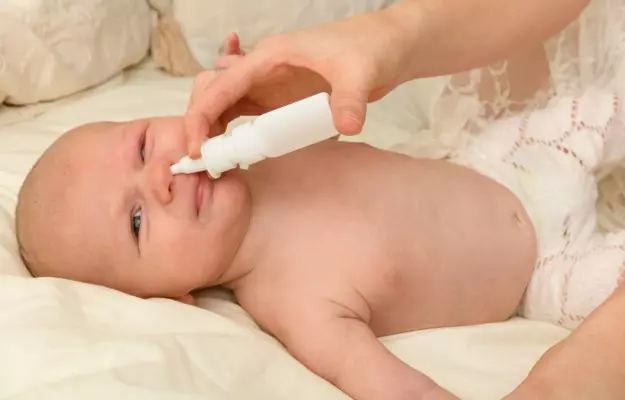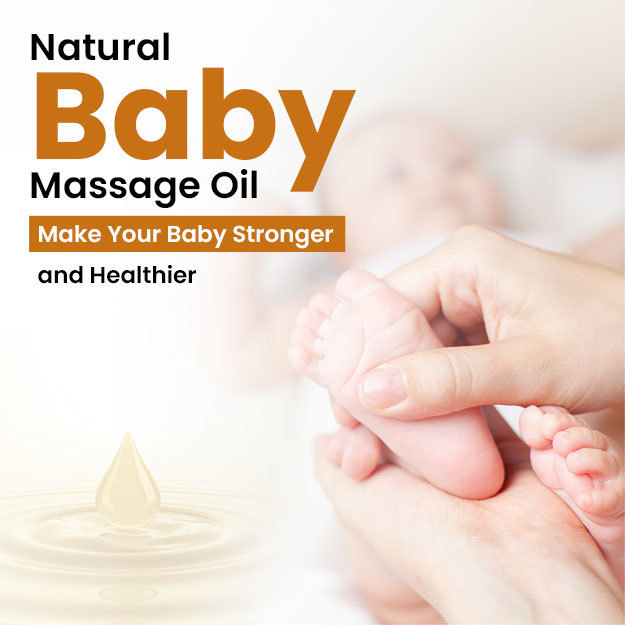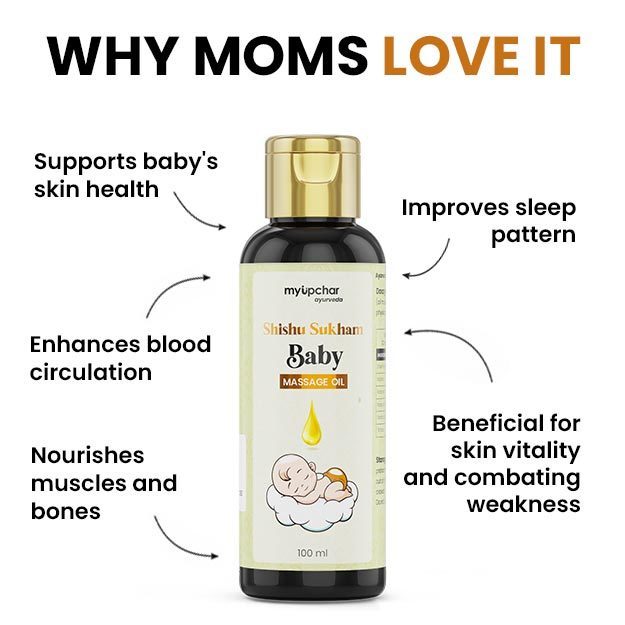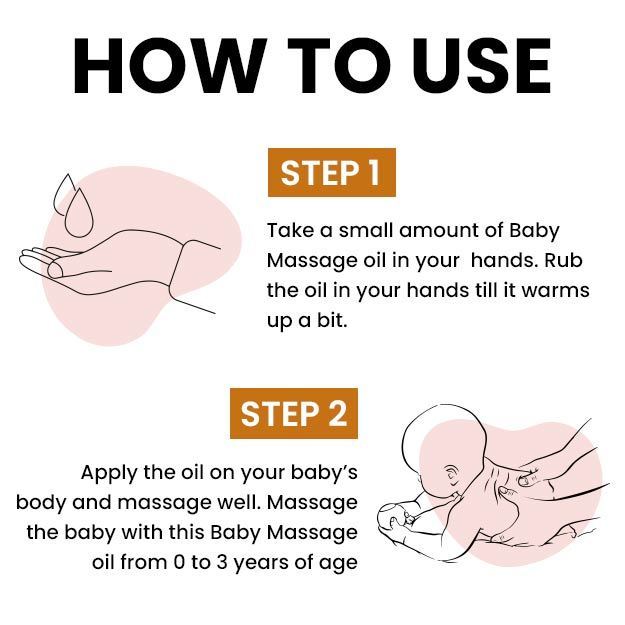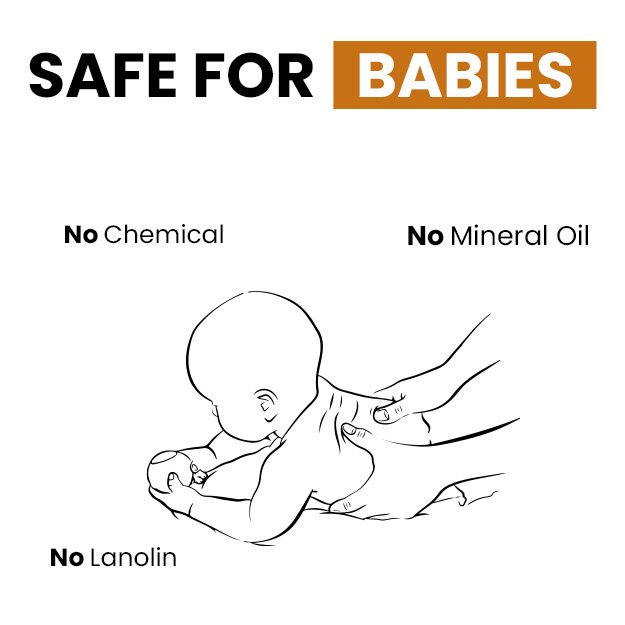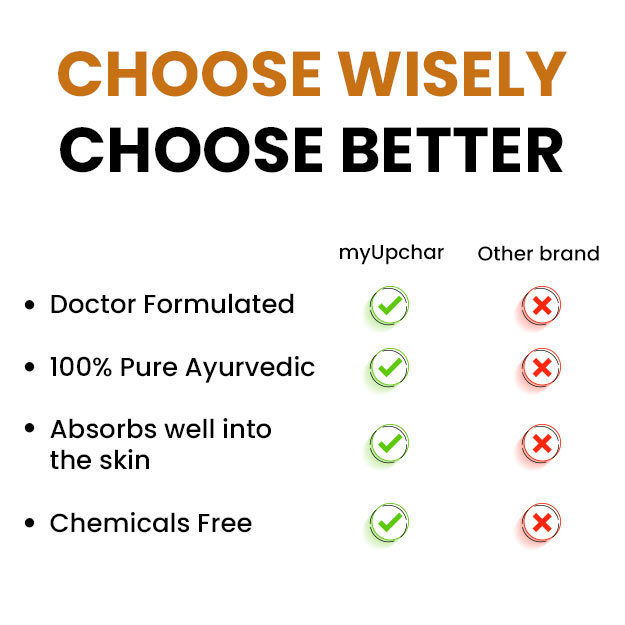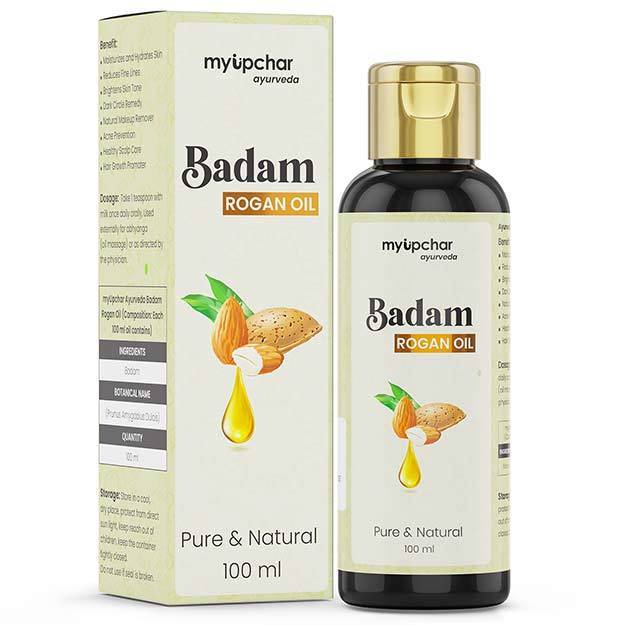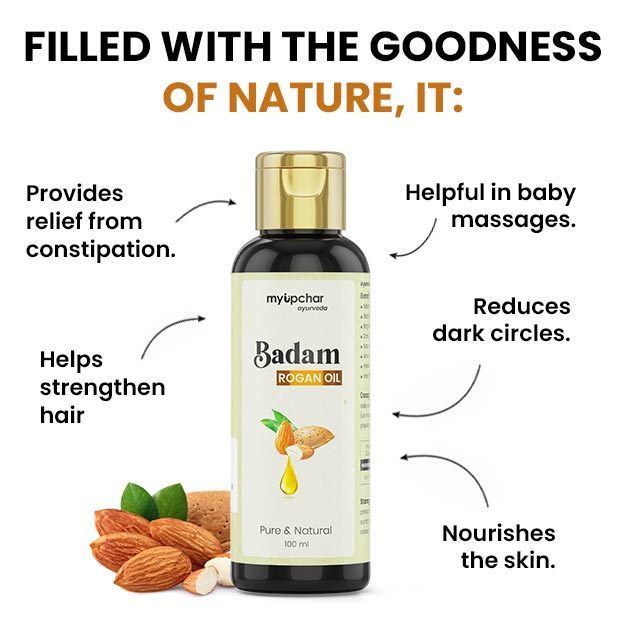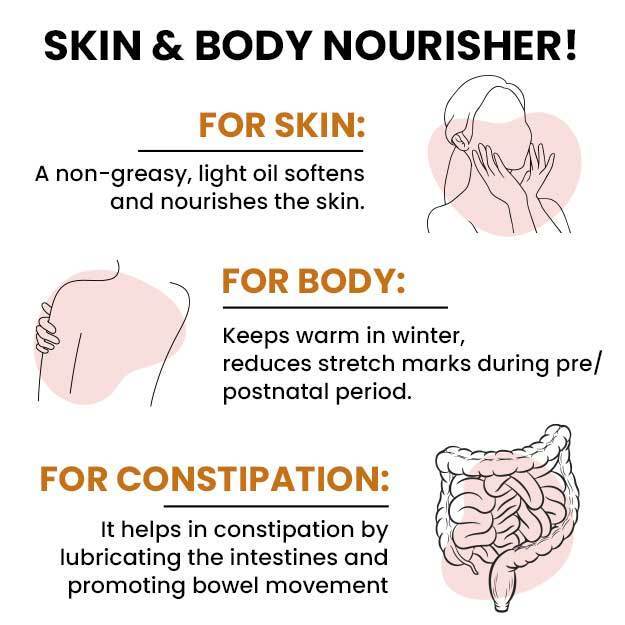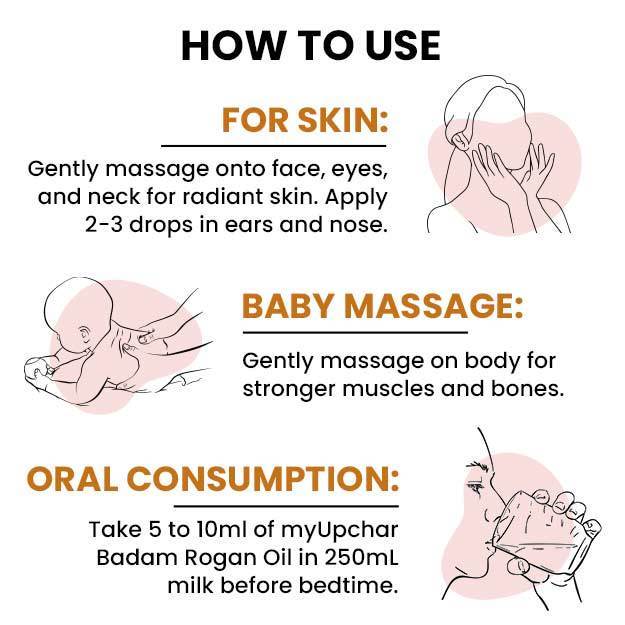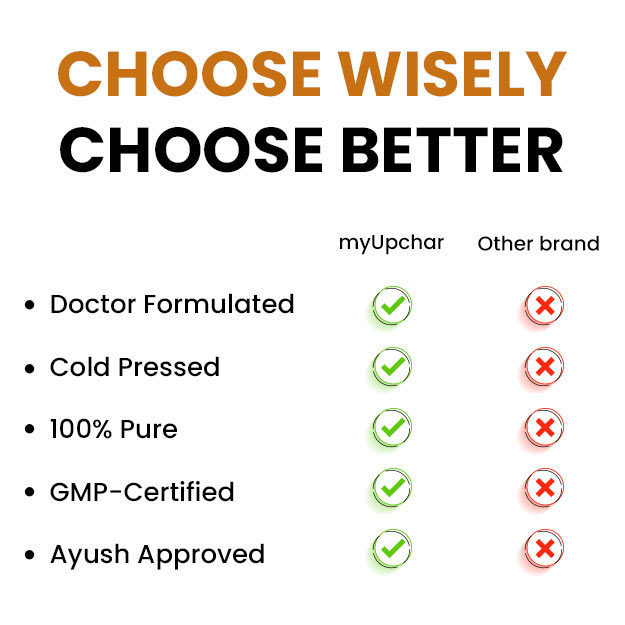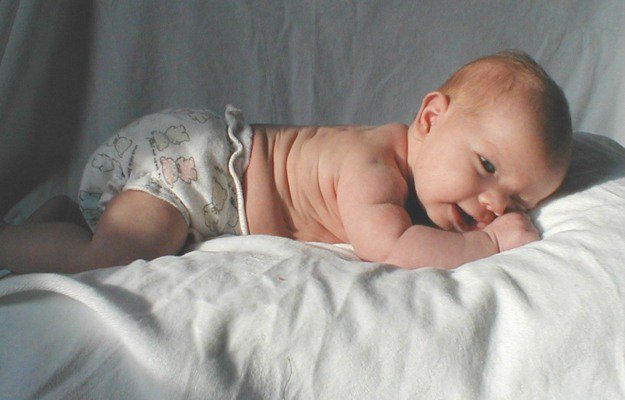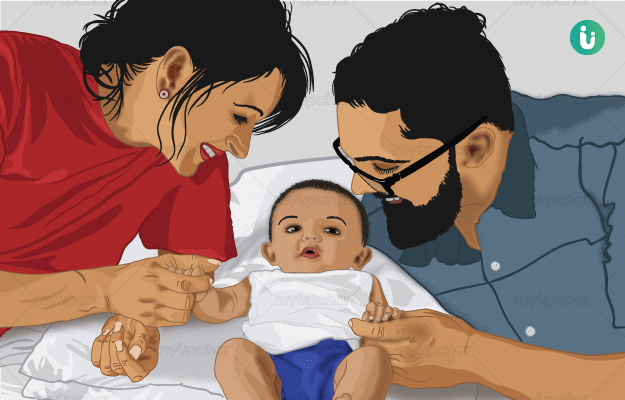Nasal sprays and drops contain medications which may be prescribed by a doctor in the case of a blocked nose (nasal congestion), nose operation, nasal allergies like allergic rhinitis or nasal infection. These medications are delivered directly into the nose for faster and better results.
There are three types of nasal drops and sprays available for the treatment of nasal congestion:
- Decongestant: Decongestants are the medications that reduce the swelling, inflammation and mucus present in the nasal passages.
- Saline solution: These are salt and water solutions, which are medically termed saline. They help in moistening and breaking the mucus and also prevent it from getting rough and crusty in conditions like dry nose.
- Steroid solution: These are available in the form of sprays and contain corticosteroids which help in reducing swelling, inflammation and mucus in the nose.
Nasal sprays and drops containing decongestants and steroids are not recommended for children below the age of two years. Beyond this age also, children should not be given these nasal sprays or drops without a doctor’s prescription. You can give a saline nasal drop to a child without a prescription.
The decongestants used for the children usually contain oxymetazoline, xylometazoline hydrochloride and pseudoephedrine. If given without prescription, these medications can lead to severe side-effects like high blood pressure and increased heart rate (tachycardia) in children.
Read more: Home remedies for mucus

